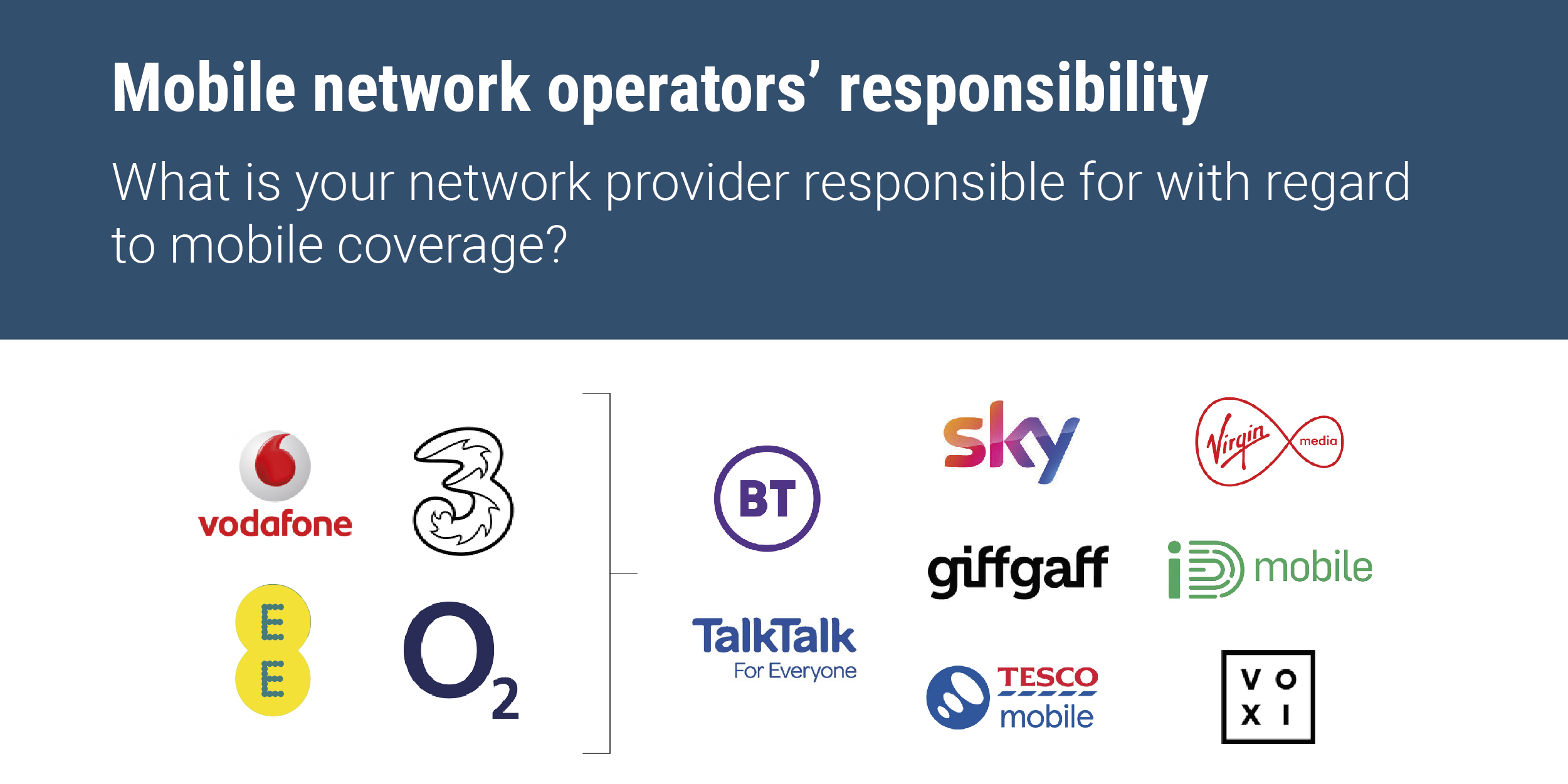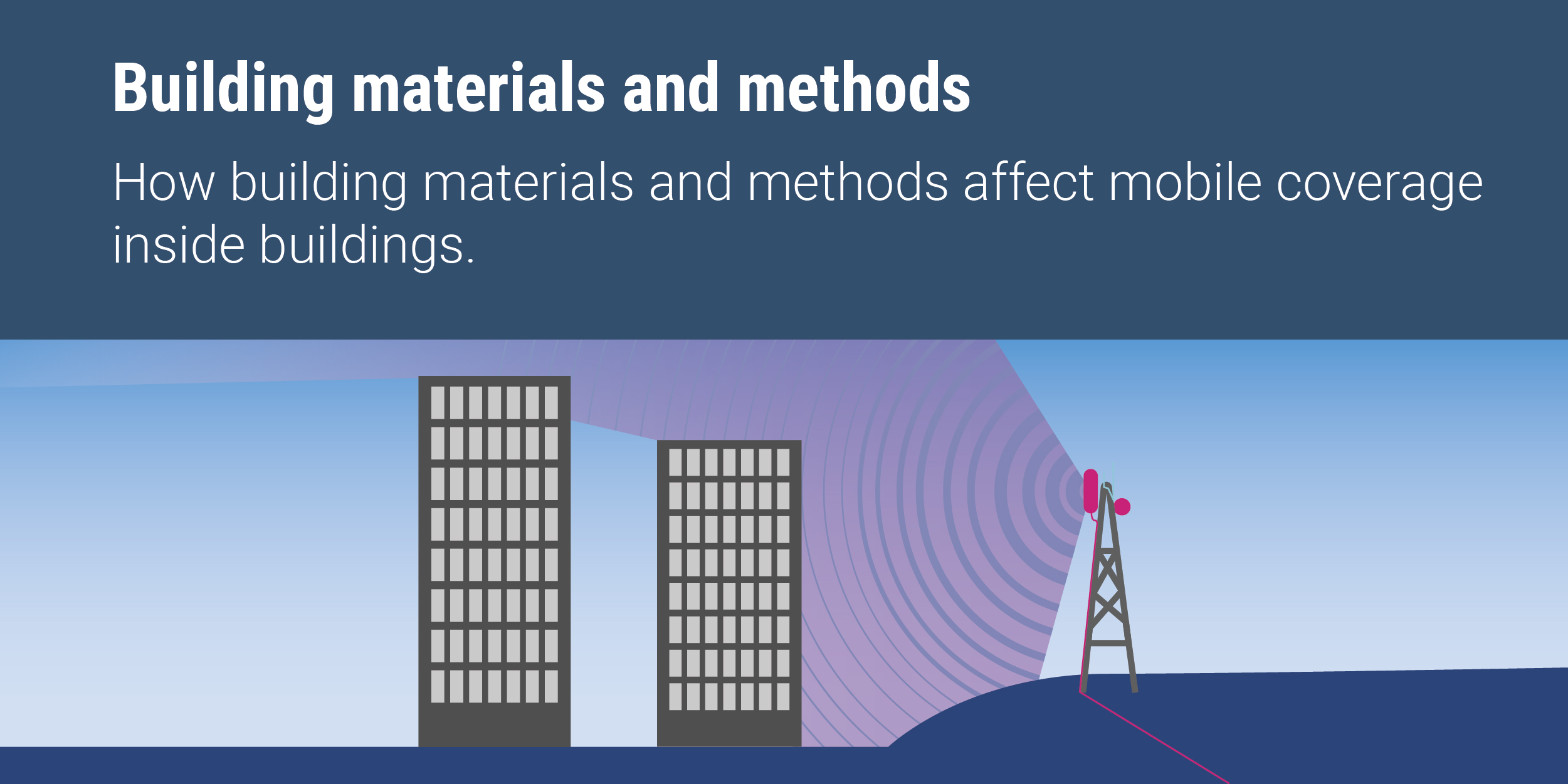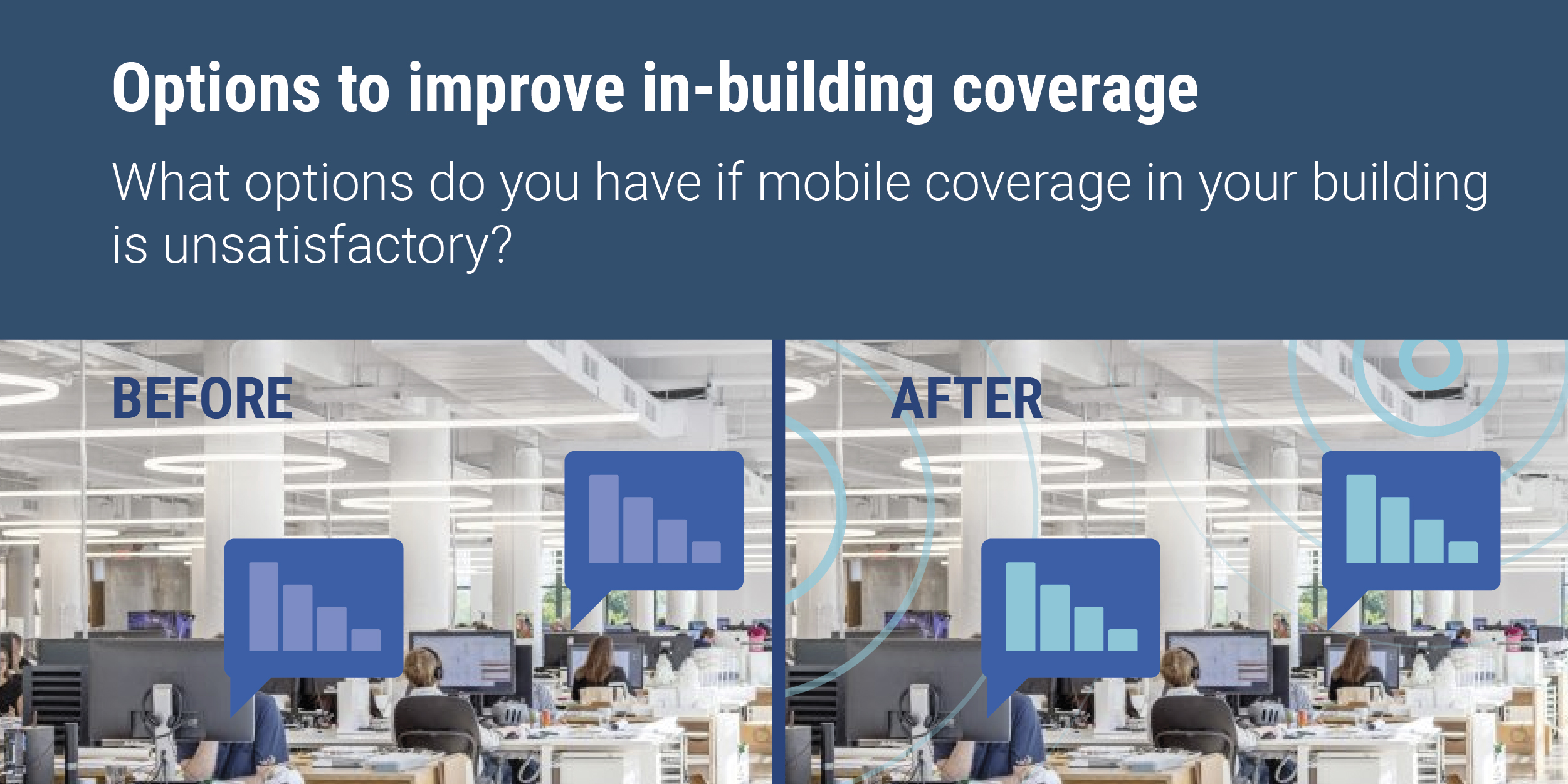INSIGHT
Neutral Host In-Building Networks
NHIB allows approved vendors, like Pan RF, to design and deploy systems inside buildings and connect directly to the network operators core to enhance mobile coverage
[udesign_icon_font name=”fa fa-check-circle” color=”#ffffff” size=”1.5em”] MOBILE NETWORK OPERATORS
MNOs have an obligation to provide coverage to 98% of the population
[udesign_icon_font name=”fa fa-check-circle” color=”#ffffff” size=”1.5em”] NEUTRAL HOSTS
A neutral host provider is responsible for linking back to MNOs’ core and ensuring in-building coverage
[udesign_icon_font name=”fa fa-check-circle” color=”#ffffff” size=”1.5em”] NHIB NETWORKS
Securing robust mobile coverage for your building
To find out more about Pan RF neutral host in-building systems please get in touch.
The Mobile Network Operators (MNOs) in the UK must provide coverage to 98% of the population. The best way for MNOs to provide this service is by building masts and rooftop sites. Large base station transceivers are on those roofs and at the bottom of those masts. The transceivers are robust and typically transmit at 43 dBm maximum rack power, about 20 watts. Because over 97% of cellular sites are based outside, there is no incentive for the equipment vendors like Ericsson, Nokia, Siemens and Fujitsu to produce a low-power transceiver dedicated to providing coverage inside buildings. Therefore indoor systems had to adapt the high-power macro transceivers to connect to an indoor Distributed Antenna Systems (DAS). This adaption means that most of the power is attenuated down and lost in the form of heat. NHIB – Neutral Host In-Building aims to eliminate the big, power-hungry transceivers and adopt a more centralised approach to providing mobile coverage inside a building.
Connecting the Disconnected
Most mobile phone calls and data sessions are initiated inside buildings; the network operators realise this and have been seeking a solution to this problem. So, the best way to solve a problem is by giving it to someone else to deal with.
This is how NHIB was born, the commercialisation of coverage inside buildings. NHIB allows approved vendors to design and deploy systems inside buildings and connect directly to the network operators’ core, thereby divesting the responsibility for coverage inside venues to a third party. So, a company with the requisite skills can design and deploy a system inside a building and, through a data centre, connect that building back to the operator.
The Neutral Host provider is responsible for the coverage and the link back to the MNO’s core. The operators benefit by having their service delivered to the customer’s site; because of this, there is still a level of service performance required by the operators within venue owners’ buildings, so the solution will need to meet the JOTS standard, therefore requiring such elements as circuit switch fall back, dominance and various other metrics detailed in the Joint Operator Technical Specifications. This means that not just any ICT company can start throwing systems into buildings and expect the operators to connect to the subsequent DAS happily. Think of a utility company; if your water comes out of your tap brown and unusable, you aren’t going to complain to the man who laid the pipe into your house. NHIB is the same; if your mobile service is rubbish, you won’t complain to the Neutral Host; you will complain to the Mobile service provider.
There are three leading roles in this type of deployment: the retailer, the neutral host, and the operator. The retailer will be delivering the coverage, the neutral host is responsible for the link back to the mobile operator, and the operator will provide the service.
Below is a reference taken directly from the JOTS-NHIB-Specification-Annex-5-Fulfilment.
The following high-level statements describes the fulfilment responsibilities of the Retailer within the Retailer Domain:
- The Retailer is responsible for planning, acquiring, deploying and commissioning BTS equipment within the Retailer Domain (i.e., venues).
- The Retailer is responsible for acquiring and commissioning f-interface connectivity from the venue to the Neutral Host in their data centre environment.
- The Retailer is responsible for the site equipment (including associated customer site-related security measures).
- The Retailer has responsibility for testing the BTS equipment at the venues.
- The Retailer is responsible for the relationship with the end customer (i.e., venues).
The following high-level statements describes the fulfilment responsibilities of the Neutral Host within the Neutral Host Domain:
- The Neutral Host is responsible for planning, acquiring, deploying and commissioning sufficient equipment and resources to operate a ‘live’ (customer supporting) platform at their datacentre.
- The Neutral Host is responsible for acquiring and commissioning b-interface connectivity, including in-band and out-of-band management connectivity, to the point-of-interconnect, which provides onward connectivity to the core networks of each hosted Operator.
- The Neutral Host is responsible for conducting end-to-end testing of the NHIB platform and associated Controllers, BTS equipment and their associated management platforms.
- The Neutral Host is responsible for compiling a test exit report which shall, if necessary, highlight any issues or concerns relating to the system’s performance or functioning to the Operator.
- That appropriate ISO27001 and CAS-T 2 governance measures are followed and shown not to compromise those requirements within the overall deployment of each Operator.
- The Neutral Host is responsible for maintaining documentation relating to any Operator-specific test and acceptance requirements regarding design decisions or architectural principles which must be adhered to.
The following high-level statement describes the fulfilment responsibilities of the Operator within the Operator Domain:
- The Operator is responsible for accepting connections from NHIB live platforms and routing those connections to their relevant live core components.
In Summary, the operators have divested their responsibility for the infrastructure that delivers the coverage to a venue, much like, it must be said, any other utility company.
The Bigger Picture
With a traditional DAS, most operators connecting to a three or more sector DAS would demand at least four to five rack spaces so that their BTS, transmission and PSU could be delivered. So, if we had all four operators connected, there is a potential requirement for up to twenty to twenty-five rack spaces required. You can then double that space to ensure suitable access and space around those racks.
Once you have all those power-hungry transceivers installed, you have to provide air conditioning or forced air to keep the equipment cool. You would also need acquisition agreements with the mobile operators so they can access their equipment if it fails. Then there are the rental agreements, access control, facilities management, and fire suppression name several elements involved in deploying a traditional DAS.
With NHIB, you will need 4U to 8U of space in an existing rack. The venue owner will be saving a whole room.
The neutral host will provide coverage into venues that, for the mobile operator, would have been uneconomical; the proliferation of fibre will enable deployment of coverage into those spaces that the mobile operators would have discounted. Therefore, enabling companies and venues to offer a more prosperous, connected environment will ultimately benefit the end-user, you and me.
Fully Managed Service
- No initial capital outlay just budgetable monthly payments
- 24/365 monitoring
- Flexible support packaged
Services Available
- Technical support
- Installation and setup
- Maintenance
- Application support
- Hardware support
- Guaranteed warranty
Related Posts

Mobile network operators’ responsibility
The problem with coverage and MNO responsibility

Building Materials and Methods
Private Cellular Networks (PCNs) are the ultimate business continuity communication system.

Options to improve indoor mobile signal
What options do you have if mobile coverage in your building is unsatisfactory?




